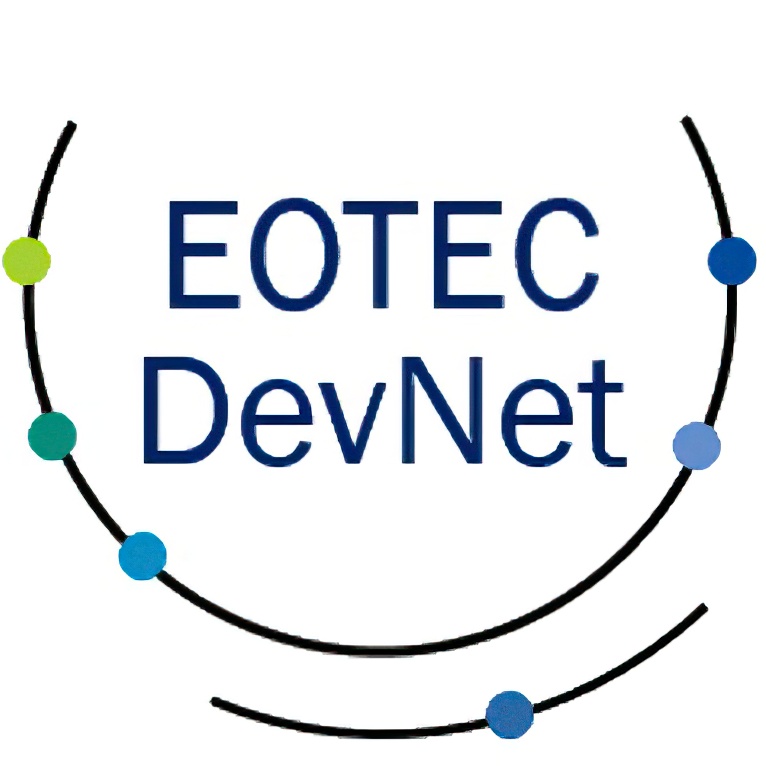This 3-part series (November 5, 12, 19) focuses on mapping and monitoring mangroves and how it relates to UN sustainable development indicator 6.6.1: Change in the extent of water-related ecosystems over time. Indicator 6.6.1 is used in determining progress toward meeting Sustainable Development Goal 6, which is to Ensure availability and sustainable management of water and sanitation for all.
Understanding mangrove ecosystems and mapping their extent is critical to meeting this goal. Mangroves are critical ecosystems, provide coastal protection from storm surges, maintain our climate, control floods, and stabilize coastlines. Additionally, they serve as nurseries for a number of marine wildlife species. Mangroves are also integral to the blue carbon family. Blue carbon is carbon stored, sequestered, or released from coastal vegetation ecosystems (Heer et al. 2012). Therefore, understanding mangrove extent and biomass is essential to managing the sustainability of our water ecosystems. Attendees will be exposed to the latest tools for mapping mangrove extent in Google Earth Engine and how these observations can be used to report towards SDG quotas.
Relevant UN Sustainable Development Goal:
Target 6.6: By 2020, protect and restore water-related ecosystems, including mountains, forests, wetlands, rivers, aquifers and lakes
